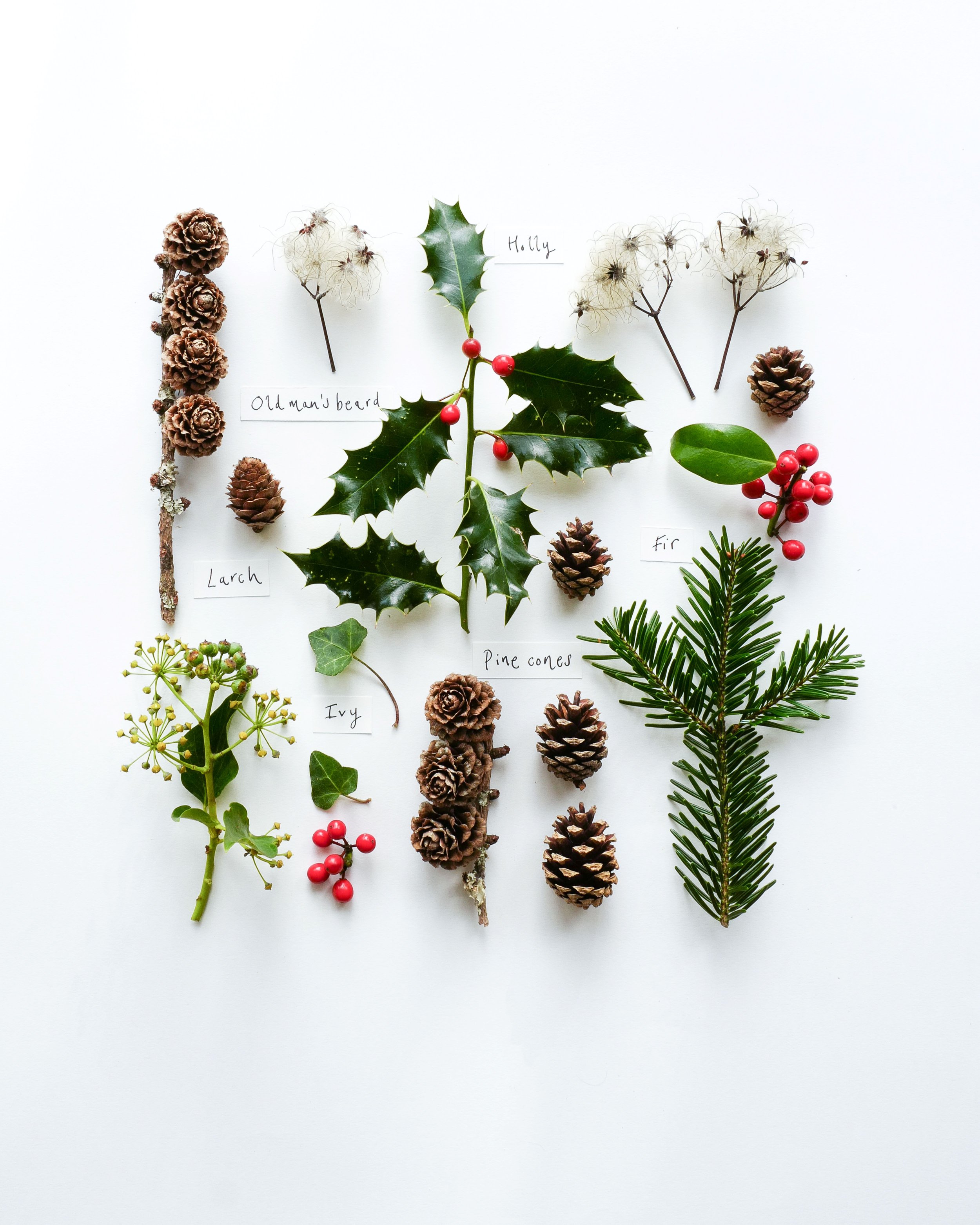Fieldwork: exploring sand dunes
Dunes are formed when grains of sand and shells blow across the beach and become trapped in plant life growing above the strandline. The more sand that’s trapped, the easier it is for more grains to pile up, and eventually dunes are created. The grey-green spiky tufts that you’ll see blowing in the wind is marram grass, the daddy of the dunes. Its matted roots literally hold the dunes together, keeping them stable and allowing other plants to colonise. Dunes are in a constant state of development, so you’ll find them in various stages, from ‘embryo’ and ‘mobile’ dunes to the more stable ‘fixed dunes’ and ‘dune heaths’ once the marram’s done its work. Sheltered hollows in more developed dunes are home to everything from sand lizards and Grayling butterflies, to stonechats and sand wasps. Wander further inland and you’re in the ‘fixed dunes’ where plants such as Kidney vetch and Biting stonecrop thrive. Pay attention to signs and never go ‘dune surfing’ on designated reserves or beaches where wildlife thrives. However, they’re fascinating habitats to explore and one of the most impressive examples you’ll see of nature working in harmony.
This fieldwork idea was featured on our Almanac Pages, where each month we collate a few seasonal things to note and notice, plan and do. The nature table image above was taken by Alice Tatham of The Wildwood Moth who takes a photograph for our back cover each month, featuring things to appreciate in nature. She also runs workshops on seasonal photography and publishes seasonal journal stories from her home in Dorset.
Buy this month's The Simple Things - buy, download or subscribe







